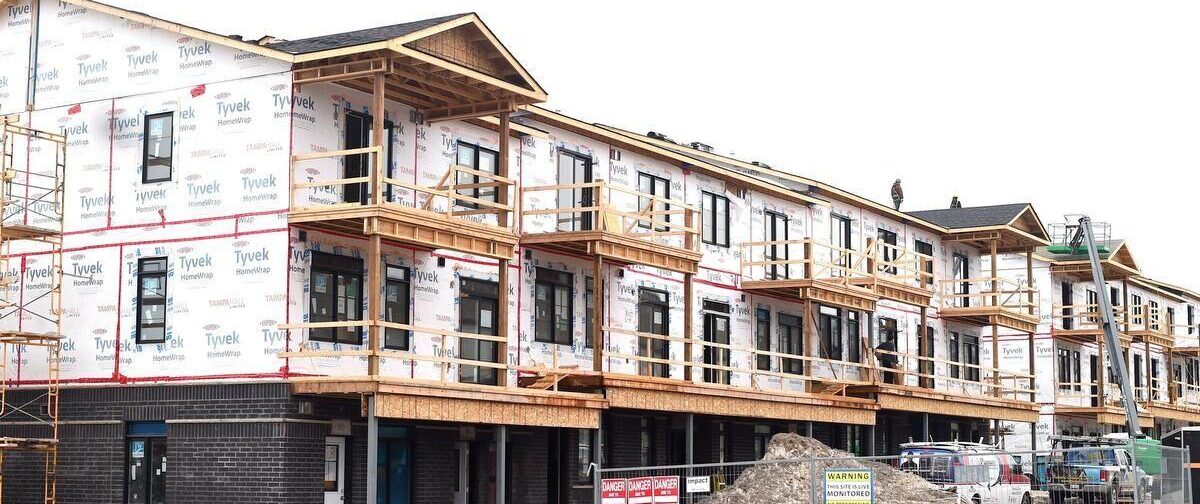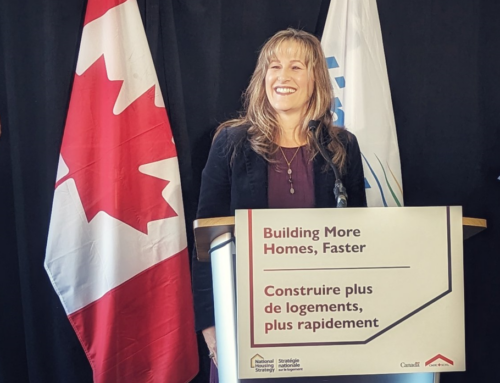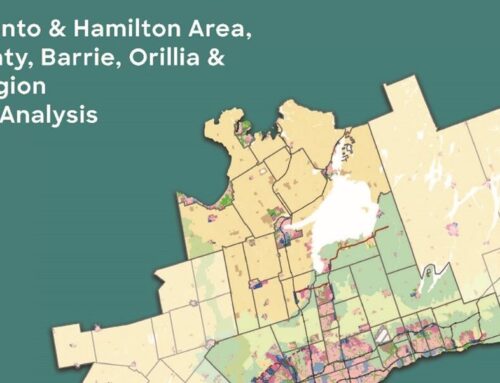Mike Collins-Williams
Over the past few months, it has been reported that Hamilton has 37,000 “potential” residential units we can build over the next 10 years (as of June 2022). For context, this represents about three quarters of Hamilton’s Housing Pledge of 47,000 new homes. It forms Hamilton’s share of the ambitious 1.5 million new homes needed across Ontario. Planning approvals to build new homes take a very long time, so the West End Home Builders Association wanted to provide a clear picture of where we’re at to meet those targets. Our industry, in collaboration with the City of Hamilton and the provincial government, should work together to break down more barriers to building more attainable housing faster.
It has been portrayed that we have 37,000 units in various stages of approval — so how do these units actually break down, and when can we expect new residents to move in? Last year, Hamilton had 4,299 “approved but unbuilt” units. These units were building permit ready, and most have since started construction. According to CMHC, builders pulled permits for 3,352 units in 2022. Once these buildings are completed, new residents will have a new place to call home.
Hamilton also has 13,451 “draft approved” units. These units are at an early stage of the process, being approved “with conditions.” They are typically waiting on certain engineering and infrastructure servicing requirements such as electricity, water, and sewage. Built into that 37,000-unit number, the City of Hamilton has also identified 11,644 “pending” units. These units are at a very early stage of the process and may not even have an active development application. On that basis, these pending units may be years away from construction.
This brings us to the final category — “potential development.” The City of Hamilton has identified 7,984 “potential development” units. These units are much harder to accurately predict as to when they will be development ready. These units were mapped out as potential land for housing but, in reality, they have no development applications in process and may not even have land assembled or infrastructure in place.
While these numbers add up to a total of 37,378 units that could be built over the next 10 years, our concern is founded on a breakdown of the actual timing of delivery. There are many variables that affect whether a project proceeds from proposed or approved status to actually being built. This includes its economic viability and ability to obtain financing, the availability of servicing such as water, wastewater and gas as well as the availability of skilled trades. This means that a potential housing unit or even an approved housing unit is not guaranteed to turn into a home.
A key area of collaborative focus should be how we bring the 13,451 draft approved units to be permit and shovel ready and speed up the application reviews for the 11,644 pending units. Through the Canadian Home Builders’ Association, we know that each month of delay costs between $2,600-3,300 per unit in additional costs. So, if a project is delayed by one year it can add $30,000-40,000 to the cost without any tangible benefits. We need to keep an eye on the supply metric that really counts — housing starts.
Recently, Hamilton city council under the leadership of Mayor Horwath pledged to go beyond 37,000 units and do what they can to facilitate the construction of 47,000 units targeted by the province over the next 10 years to meet the needs of a growing population. The West End Home Builders Association looks forward to collaborating with the City to concentrate on approving those applications, and even more of them, to house the people of Hamilton.
After all, it’s only when we begin construction that we truly start building someone’s home.






